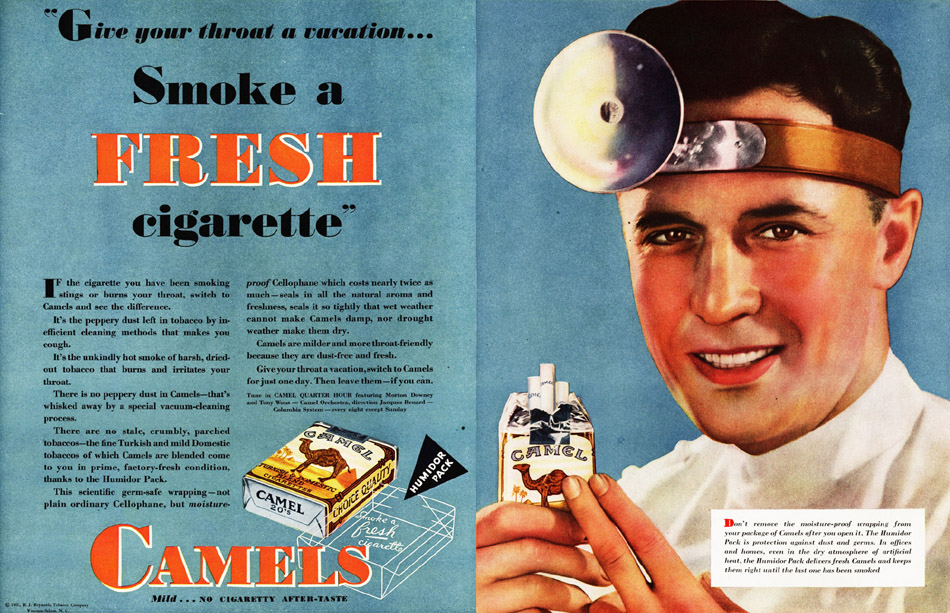You know those little rubber pellets you see fly up from artificial turf? Those are made from recycled tires. Tires are loaded with toxic substances such as benzene and lead.
How Safe Is the Artificial Turf Your Child Plays On?
Scientific studies need to be done, but the anecdotal evidence is strong. I'm sure the IPF will have those rubber pellets. Scary stuff!
The EPA would never allow these substances in toys. It's crazy that they are allowed on the fields and playgrounds on which our kids play.
How Safe Is the Artificial Turf Your Child Plays On?
It was 2009. Two young female goalies Griffin knew had been diagnosed with non-Hodgkin lymphoma. Griffin, associate head coach for the University of Washington’s women’s soccer team, had started to visit the women and other athletes in local hospitals, helping them pass the time during chemo with war stories from her three decades of coaching.
That day, the nurse looked down at the woman Griffin was sitting with and said, "Don't tell me you guys are goalkeepers. You're the fourth goalkeeper I've hooked up this week."
Later, the young woman with the chemo needle in her arm would say, “I just have a feeling it has something to do with those black dots.”
Artificial turf fields are now everywhere in the United States, from high schools to multi-million-dollar athletic complexes. As any parent or player who has been on them can testify, the tiny black rubber crumbs of which the fields are made -- chunks of old tires -- get everywhere. In players’ uniforms, in their hair, in their cleats.
Since then, Griffin has compiled a list of 38 American soccer players -- 34 of them goalies – who have been diagnosed with cancer. At least a dozen played in Washington, but the geographic spread is nationwide. Blood cancers like lymphoma and leukemia dominate the list.
EPA, mercury, lead, benzene, polycyclic aromatic hydrocarbons, and arsenic, among several other chemicals, heavy metals, and carcinogens, have been found in tires.
Studies have found that crumb rubber fields emit gases that can be inhaled. Turf fields can become very hot -- 10 to 15 degrees hotter than the ambient temperature – increasing the chances that volatile organic compounds (VOCs) and chemicals can “off-gas,” or leach into the air.
One study performed by the state of Connecticut measured the concentrations of VOCs and chemicals in the air over fields. In addition to VOCs such as benzene and methylene chloride, researchers identified various polycyclic aromatic hydrocarbons (PAHs).
Scientific studies need to be done, but the anecdotal evidence is strong. I'm sure the IPF will have those rubber pellets. Scary stuff!
The EPA would never allow these substances in toys. It's crazy that they are allowed on the fields and playgrounds on which our kids play.
Last edited:




